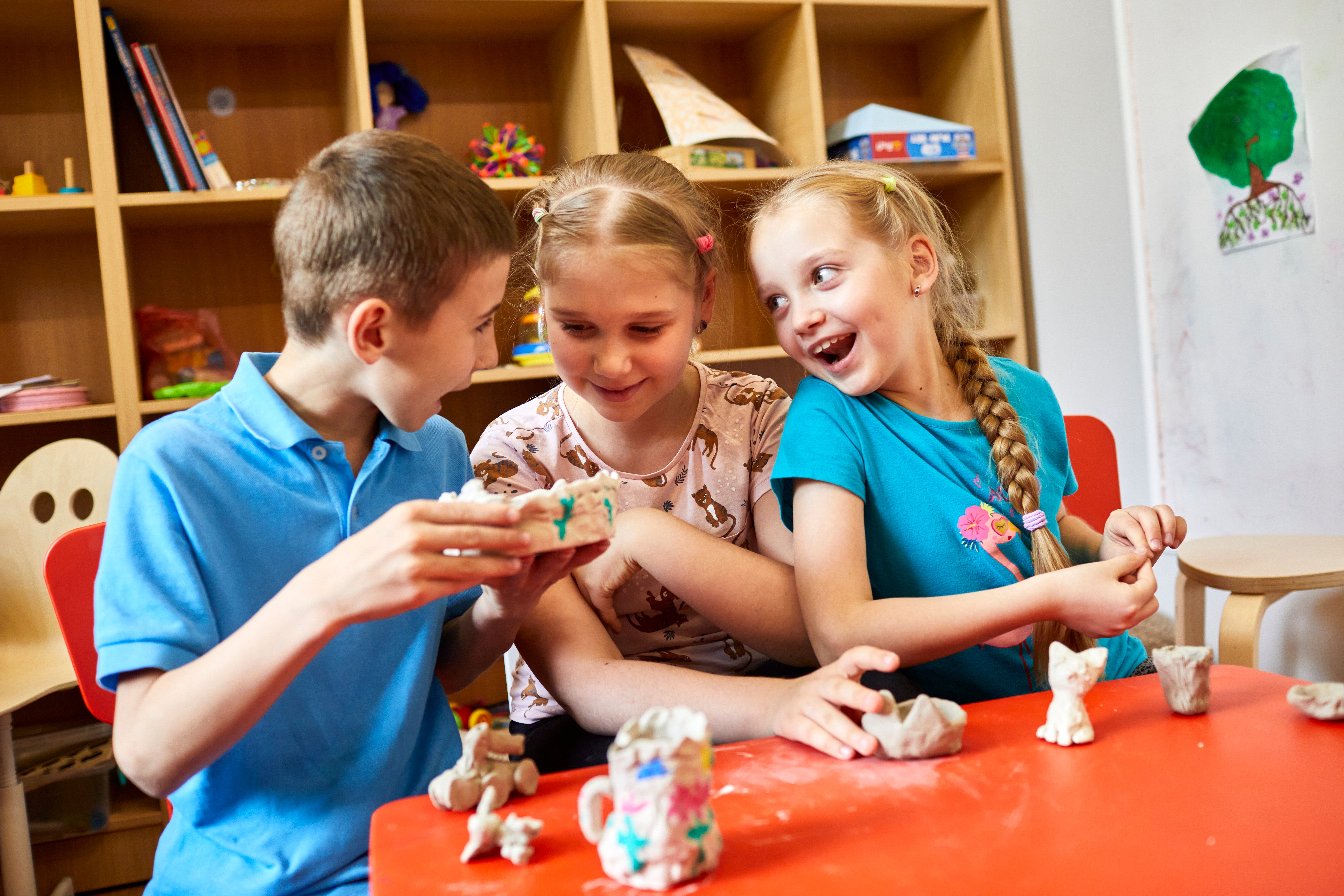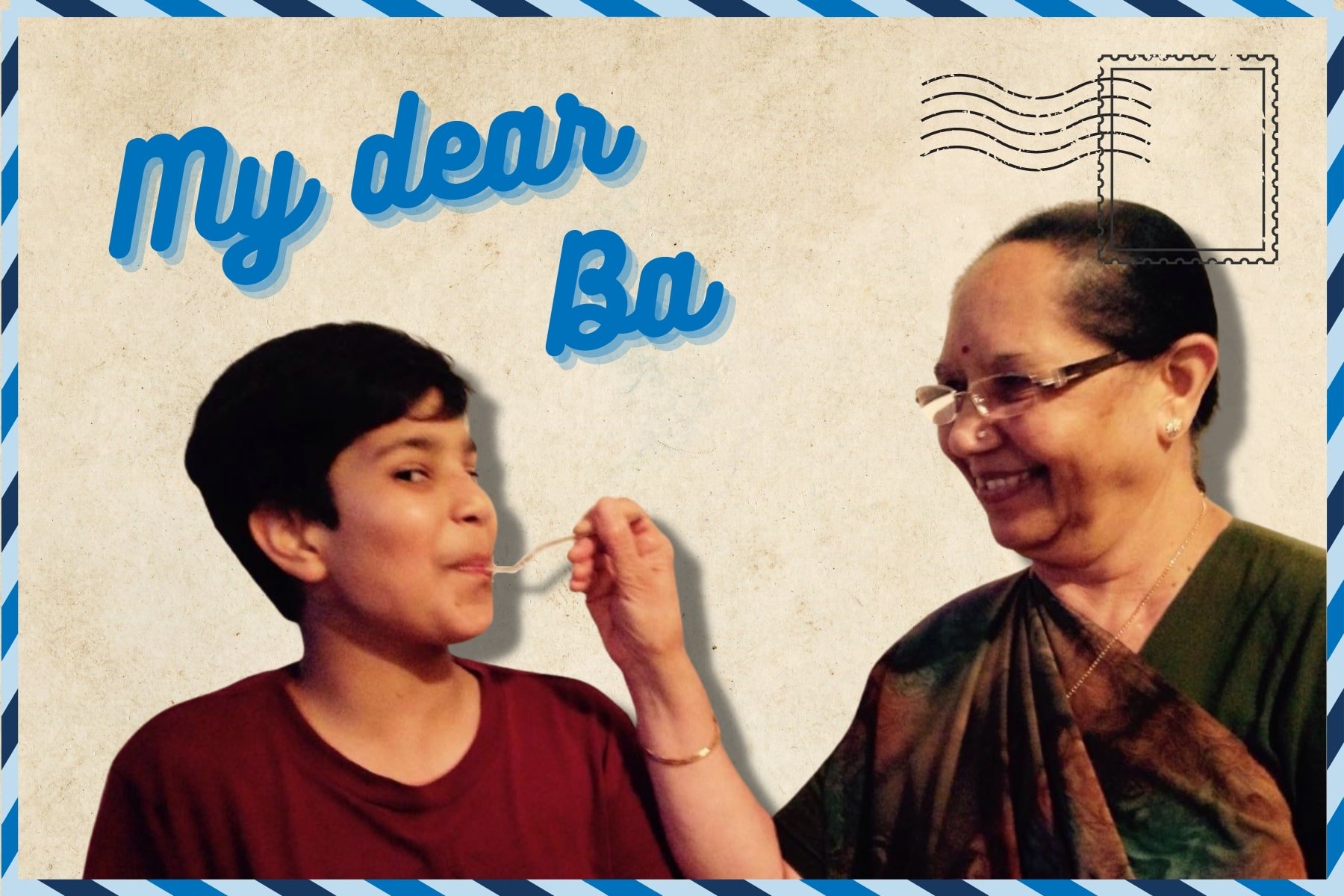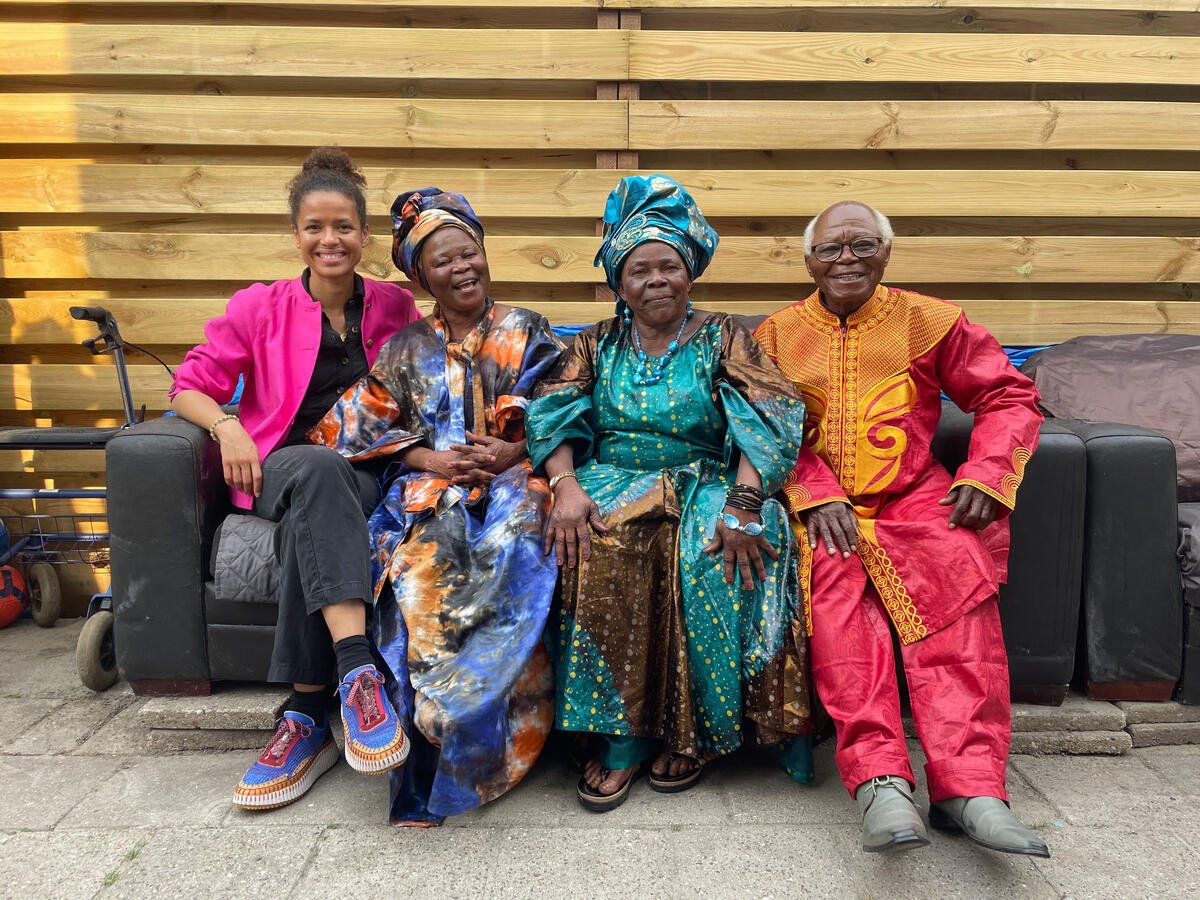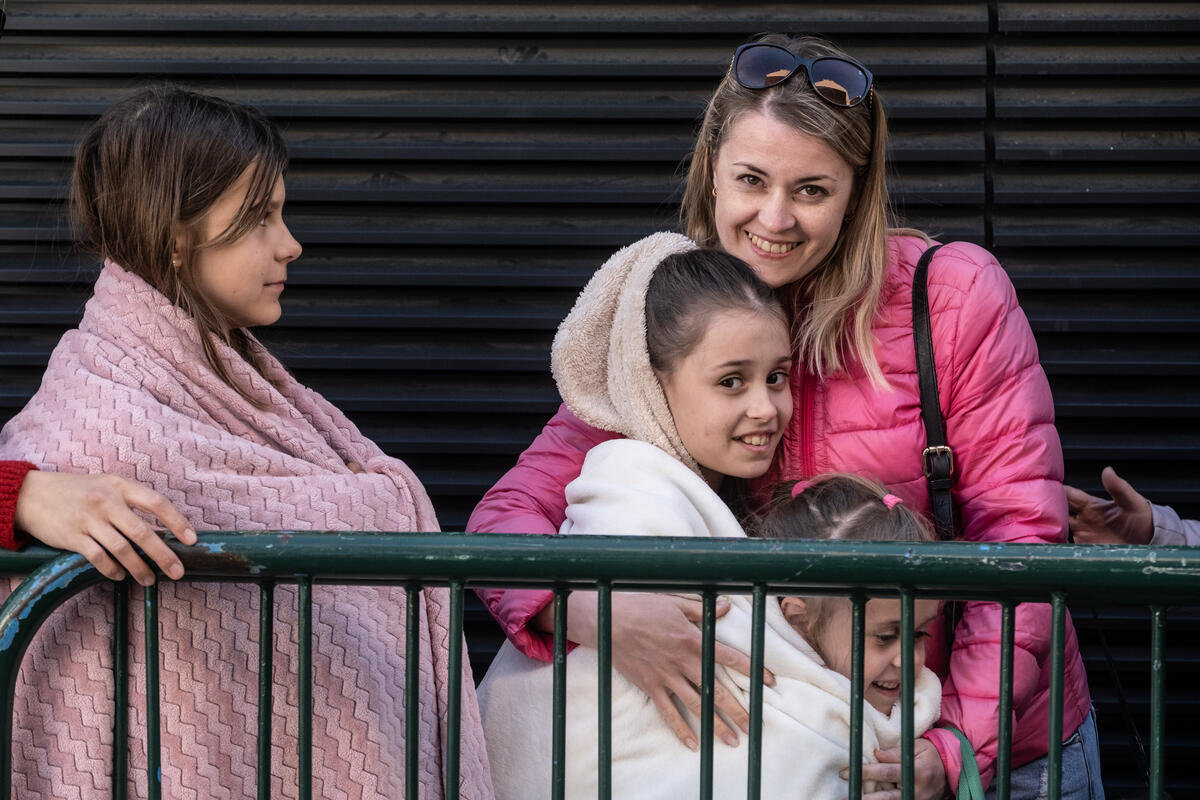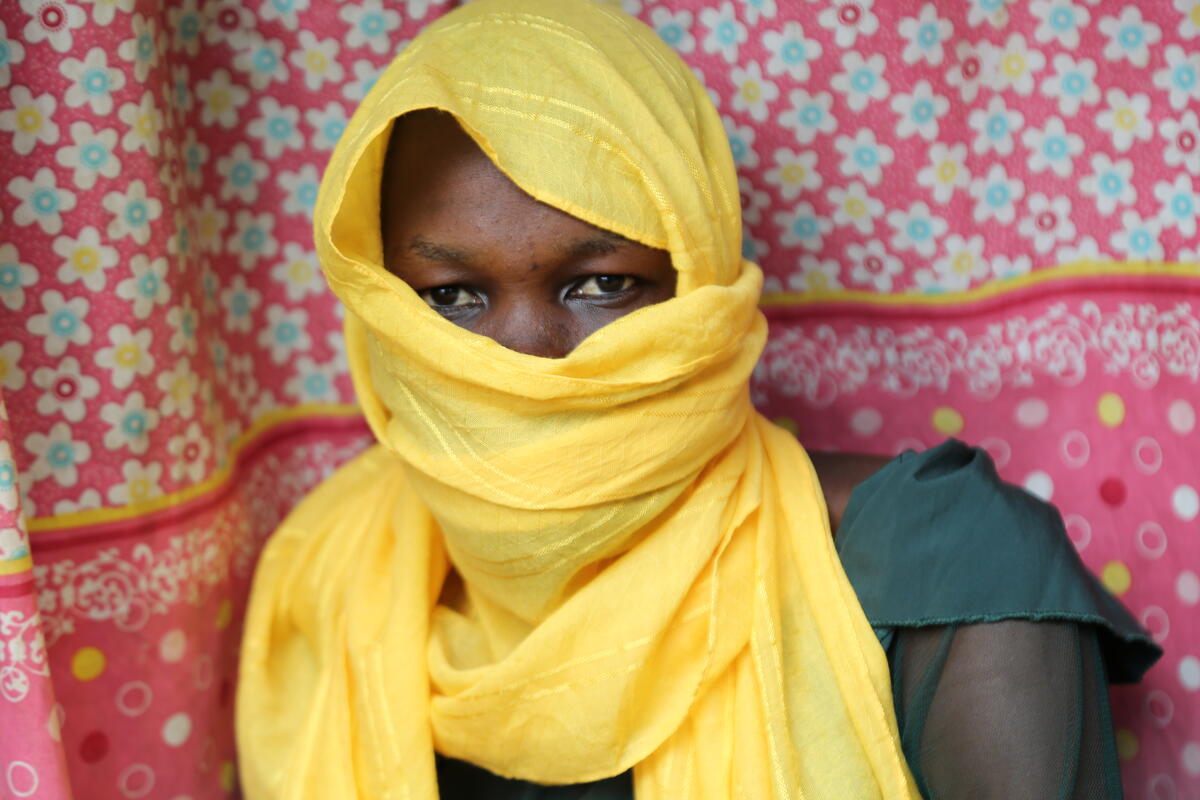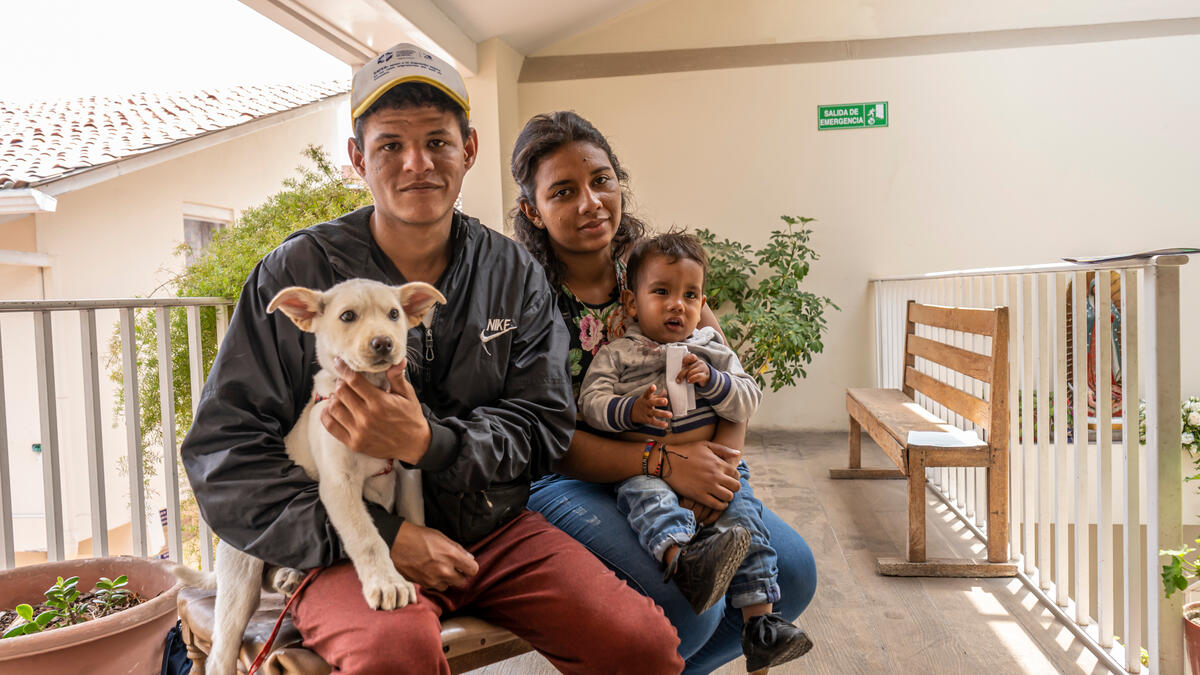A lifetime of waiting
A lifetime of waiting
Hagadera refugee camp in Dadaab, Kenya, is just 100 kilometres from the Somali border. For Sarah, it might as well be a million.
Like so many others living here, she was born a refugee and raised in the camp after her mother fled war-torn Somalia a quarter of a century ago. In her tent, which she shares with her husband, Mohammed, she is still living out of the suitcases that her mother first arrived with. Sarah has become a wife and now a mother without ever stepping foot outside the camp.
Her baby daughter, Somaya, is the second generation of her family to have been born in exile. Although Sarah has never visited her home country, she hopes to go there one day. "I feel like I am Somali," she says, rocking her child tenderly. "My parents are Somali. I believe that someday Somalia will be peaceful and I will go there."
Today, over 1 million Somalis remain displaced outside their country. With the crisis well into its third decade, UNHCR launched a Global Initiative on Somali Refugees last year in a bid to find solutions. Through meetings and ongoing dialogues, the initiative has been bringing together senior policy makers from affected States, members of the Somali diaspora and civil society leaders from across the region as well as scholars, business leaders, UN officials, donors and other development actors.
The aim is to stimulate a bolder, more creative search for solutions for this remarkably diverse population. For some, that could mean returning home one day to rebuild their nation.
"Now we are all educated," says Sarah, proudly. "We have knowledge in all different areas. I think when we go back to Somalia we will develop the country, one way or another."



